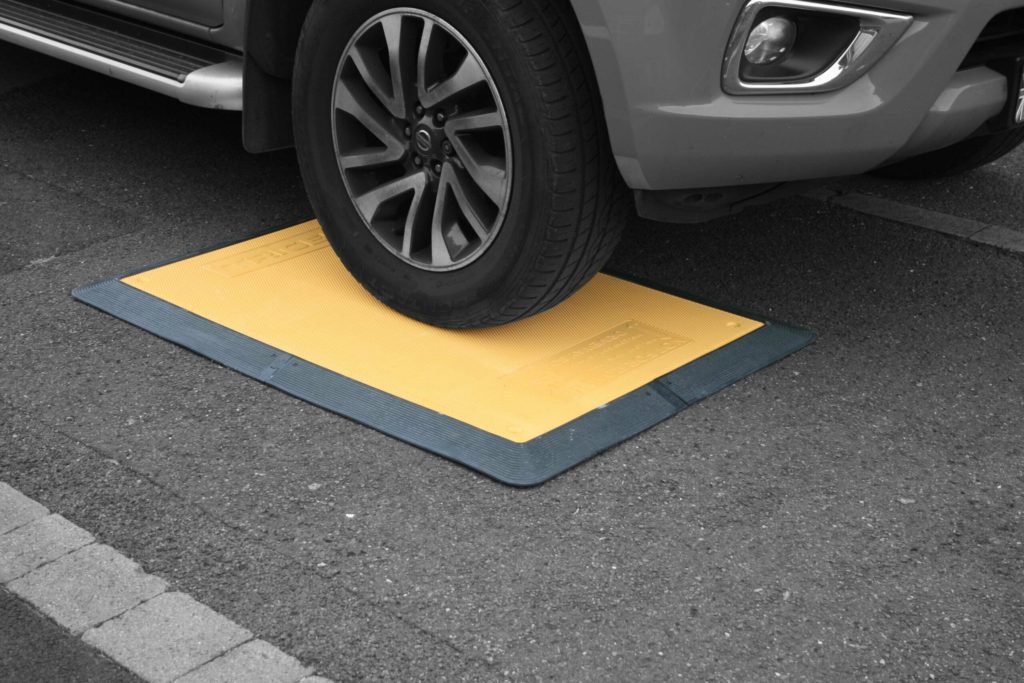LIGHTWEIGHT
ALTERNATIVE TO
CONCRETE TRENCH COVERS
In the UK, longstanding regulations on manual handling weights have naturally led to the widespread adoption of lightweight glass-reinforced plastic (GRP) for manhole and access covers, improving both safety and efficiency. This shift is driven not only by regulatory compliance but also by the practical advantages over traditional materials.
When comparing the properties of traditional materials like concrete and metal with SMC glass-reinforced plastic (GRP), several advantages stand out. It offer a high strength-to-weight ratio, making them significantly lighter yet just as strong as their concrete and metal counterparts. GRP is highly durable and resistant to corrosion, weathering, and chemicals, unlike metal, which can rust, or concrete, which can crack and deteriorate over time. These properties ensure long-term performance and reliability. Additionally, it can withstand extreme temperatures without losing their structural integrity, and their flexibility and resilience under load help prevent cracking and breaking, common issues with concrete and metal covers, making them suitable for diverse environments. Building on these benefits, Tricel has taken GRP trench covers a step further with their cutting-edge approach.

INNOVATIONS IN COMPOSITE TECHNOLOGY
At Tricel, we produce composite trench covers designed as a lightweight alternative to traditional heavy concrete and metal trench covers, providing a load rating of up to 90 tonnes. It is manufactured from Sheet Moulding Compound (SMC), a high-strength fibre-reinforced composite made primarily of thermosetting resin, glass fibres, and filler material.
The SMC construction makes our trench covers corrosion-resistant, weather-resistant, and easier to handle, ideal for areas subjected to high wheel loads, such as aircraft pavements, taxiways of civil airports, shipping ports, and dockyards. By leveraging these innovations, we continually adapt and improve our products to be sustainable and environmentally friendly, while meeting the evolving demands of the market and providing our clients with the best possible solutions.
COST SAVINGS AND ECO-FRIENDLY BENEFITS
Using GRP trench covers provides significant environmental and economic benefits. Environmentally, GRP covers are made from sustainable materials that reduce the carbon footprint compared to traditional concrete and metal trench covers. They require less frequent replacements, leading to less waste and lower resource consumption. The production of GRP trench covers generates fewer emissions and consumes less energy than the production of concrete and metal ones . This environmentally friendly production process, coupled with the material’s recyclability, contributes to a circular economy.
Economically, the durability and low maintenance requirements of GRP trench covers result in long-term cost savings. Their resistance to corrosion and weathering means fewer repairs and replacements, while their lightweight nature reduces transportation and handling costs, making them a cost-effective choice for infrastructure projects. Moreover, the reduced need for heavy machinery and labour during installation further lowers project costs, making it an attractive option for budget-conscious projects.
LEVERAGING DECADES OF EXPERTISE
With over 60 years’ experience within the industry, Tricel stands as the market leader in composites technology and a recognised manufacturer of heavy-duty trench covers. Our ongoing research and development efforts ensure that it meet the latest industry standards and customer needs. By integrating cutting-edge composite material science and automated manufacturing processes, we ensure consistent quality and precision in every GRP trench cover we produce.
All our covers, including trench covers and Surefoot GRP trench covers, fully comply with the latest HAUC directives and specifications and are widely used on utility sites across the UK. Our covers incorporate up to two lifting points for specially designed lifting handles, allowing operators to remove the covers safely without trapping fingers or bending over, thereby maximising lifting safety.
For more information, click the link below.it